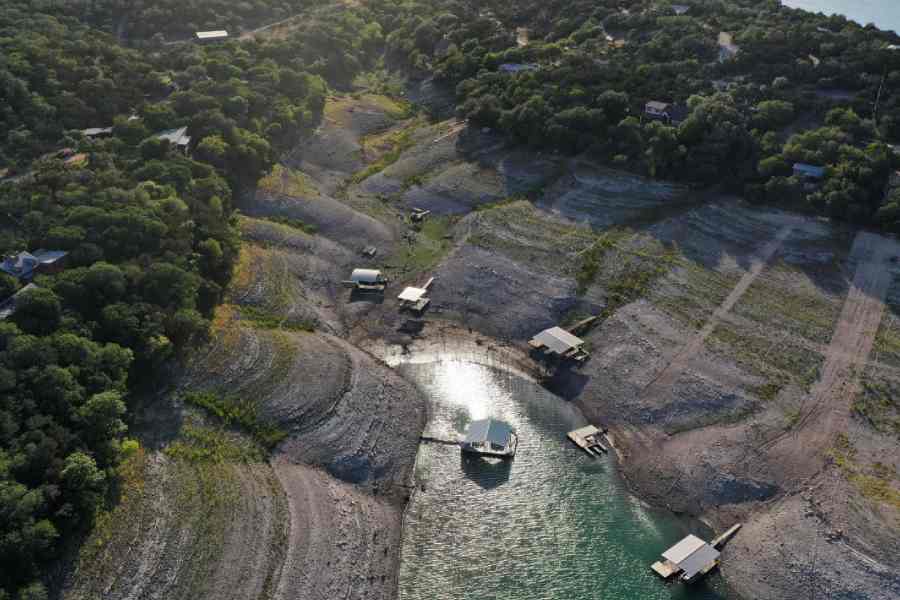Ten of the 16 North American cities set to host the 2026 football World Cup could place players at risk of extreme heat stress, sports researchers cautioned on Thursday, calling for adjustments to match schedules to avoid unsafe playing conditions.
The researchers, who used weather data to investigate the risk of severe heat stress and associated potential water losses in players, have predicted that Arlington and Houston, both in Texas, and Monterrey in Mexico are among the sites with the highest risk.
“Uncompensated heat stress may not only threaten the health of players but also compromise the activity and effectiveness of the players on the pitch,” Marek Konefal, a sports science researcher at Wroclaw University of Health and Sports Sciences in Poland, and his colleagues said, describing their findings in the journal Scientific Reports.
The June 11-July 19 Fifa World Cup will for the first time in history be held in three countries with venues for matches scattered across the US, Canada and Mexico. The diversity in the biothermal conditions resulting from the different geographical locations of the stadiums will be unprecedented, the researchers said.
A recent medical review of heat and sports had listed football among sports associated with a high risk for heat stress. Intense physical activity of football players during a match causes what sports scientists describe as significant thermoregulatory strain that can be amplified by hot weather.
The organisers of the 2022 World Cup in Qatar had arranged for air-conditioned stadiums and the event was postponed to December to lower the risk of heat stress for the players and spectators.
The geographic locations of the 16 cities set to host the 2026 matches — Arlington, Atlanta, Boston, Guadalajara, Houston, Kansas, Los Angeles, Miami, Monterrey, New Jersey, Philadelphia, Santa Clara, Seattle, Tlalpan, Toronto and Vancouver — mean that the matches will be played in nine types of climate, the researchers said.
Konefal and his colleagues used temperature, humidity and other data from each of the 16 locations during June-July from 2009 to 2023 and used a measure of how the human body responds to outdoor environments to simulate conditions the footballers would experience in 2026.
Their analysis has suggested that the measure called universal thermal climate index — which tells how hot a person feels depending on factors such as temperature and humidity — will touch 49.5°C in the stadiums in Arlington, Houston and Monterrey.
The study has predicted the highest water loss because of sweating at all the locations between 2pm and 5pm. The highest average values of water loss will occur in Arlington, followed by Monterrey and Houston. Even while at rest, the players may lose on average more than 500g of water per hour in the afternoon at these three locations. For the highest activity levels, the average sweat rate in the three cities will exceed 1kg per hour.
The researchers have said the tournament organisers should plan the match schedules to minimise the risk of extreme heat stress and consider methods such as additional breaks for cooling the body and adequate fluid replenishment to reduce the impact of heat stress.









